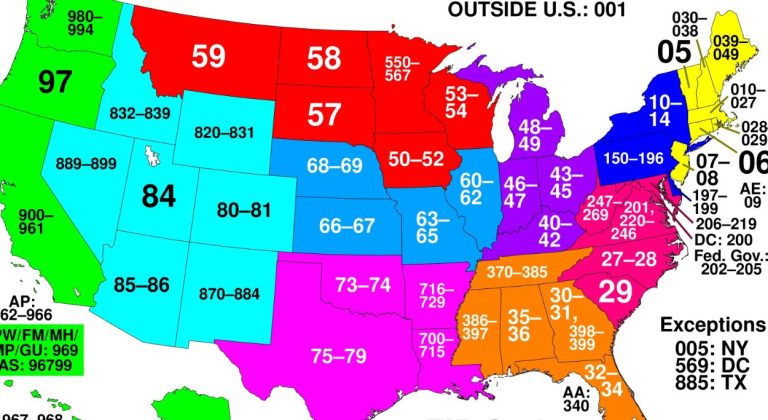Applicable large employers (ALEs) hold a unique position in the realm of employee benefits and the Affordable Care Act (ACA). Their size and influence carry specific responsibilities and opportunities, impacting both their workforce and the broader healthcare landscape. This comprehensive article delves into the intricacies of ALEs, exploring their defining characteristics, obligations under the ACA, and strategies for effective compliance and employee well-being.
Contents
Defining the Applicable Large Employer
An applicable large employer is defined by the ACA as an employer with an average of 50 or more full-time employees, including full-time equivalent employees (FTEs), during the preceding calendar year. This classification is pivotal in determining an employer’s obligations under the ACA, primarily concerning the provision of affordable health insurance coverage.
Full-Time vs. Full-Time Equivalent

Understanding the distinction between full-time and full-time equivalent employees is essential for accurate ALE determination. A full-time employee typically works an average of 30 or more hours per week. Full-time equivalent employees represent a combination of part-time employees whose hours are aggregated to equate to a full-time employee.
Key Responsibilities of Applicable Large Employers
Applicable large employers face a unique set of responsibilities under the ACA, designed to ensure that their employees have access to affordable, quality health insurance coverage. These responsibilities include:
-
Employer Shared Responsibility Payment (ESRP): ALEs must offer minimum essential coverage (MEC) that is affordable and provides minimum value to a substantial portion of their full-time employees. Failure to do so may result in an ESRP.
-
Reporting Requirements: ALEs are required to report information about the health insurance coverage they offer to their employees to the IRS and furnish statements to their employees. This data helps track compliance with the ACA and ensures transparency.
-
Minimum Essential Coverage (MEC): ALEs must offer MEC that meets specific criteria, including coverage for essential health benefits and a minimum actuarial value. This ensures that employees have access to comprehensive health coverage.
-
Affordability: The health insurance coverage offered by ALEs must be affordable for their employees. Affordability is determined based on a percentage of the employee’s household income.
-
Minimum Value: The health insurance coverage offered by ALEs must provide minimum value, meaning it covers at least 60% of the total allowed cost of benefits expected to be incurred under the plan.
Navigating the Challenges and Opportunities
While applicable large employer status entails specific responsibilities, it also presents opportunities for organizations to foster employee well-being and cultivate a positive workplace culture.
Challenges for Applicable Large Employers
- Compliance Complexity: The ACA’s regulations can be complex, and ALEs must navigate a myriad of requirements to ensure compliance.
- Cost Considerations: Providing affordable, comprehensive health insurance coverage can be a significant expense for ALEs.
- Administrative Burden: The reporting requirements associated with ALE status can create an administrative burden for employers.
Opportunities for Applicable Large Employers
- Attracting and Retaining Talent: Offering comprehensive health benefits can be a powerful tool for attracting and retaining top talent.
- Employee Well-being: Access to quality health insurance can improve employee health outcomes, leading to increased productivity and engagement.
- Corporate Social Responsibility: Demonstrating a commitment to employee well-being can enhance an organization’s reputation and brand image.
Strategies for Effective Compliance and Employee Well-being
Applicable large employers can employ various strategies to effectively navigate their responsibilities and maximize the benefits of their status:
-
Partner with Experts: Engage with benefits consultants, attorneys, and other experts to ensure accurate interpretation and implementation of ACA regulations.
-
Leverage Technology: Utilize HRIS systems and other technology solutions to streamline compliance processes, such as data collection and reporting.
-
Educate Employees: Provide clear and comprehensive information to employees about their health insurance options, eligibility, and costs.
-
Promote Wellness: Implement wellness programs to encourage healthy behaviors among employees, potentially reducing healthcare costs and improving overall well-being.
-
Stay Informed: Remain vigilant about changes to ACA regulations and adjust compliance strategies accordingly.
Embracing the Future of Employee Benefits
As the healthcare landscape continues to evolve, applicable large employers will play an increasingly important role in shaping the future of employee benefits. By embracing their responsibilities and leveraging the opportunities presented by ALE status, these organizations can foster a healthier, more productive workforce while contributing to a more accessible and equitable healthcare system.
In the dynamic world of employee benefits, applicable large employers are not merely subject to regulations; they are active participants in shaping the well-being of their workforce and the broader community. By understanding their unique role, navigating the complexities of compliance, and prioritizing employee well-being, ALEs can thrive in the ever-changing landscape of healthcare reform.







